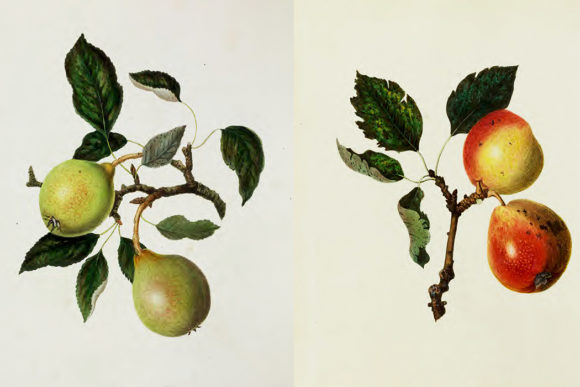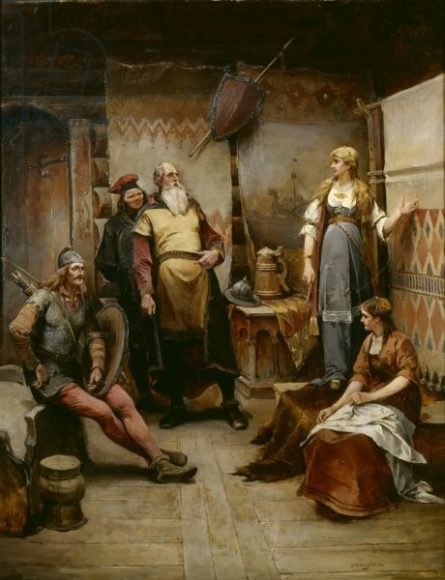Cheers to England’s Forgotten Drink..
Tis the season for festive and interesting cocktails! This is a lovely little piece about something delightful called perry – “a fermented drink with fine bubbles made of inedible pears.”
From Jstor.com,
England’s Forgotten Favorite Drink
by Cynthia Green
“People were drinking perry—a fermented drink with fine bubbles made of inedible pears—for at least 150 years before the legend of Dom Perignon chancing upon his liquid stars in the French region of Champagne. And yet, somewhere along the line we forgot about perry, and over a hundred varieties of ancient perry trees throughout England’s West Midlands sunk into oblivion. That they were found again is partly due to the beautiful and accurate drawings of nineteenth-century botanical artists.
The Three Counties, referring to the agrarian West Midlands counties of Herefordshire, Gloucestershire, and Worcestershire, are unique in having more than a hundred varieties of inedible pear. Rather than let the tannin-rich fruit go to waste, by the 1500s agricultural families across the West Midlands (and bordering eastern Wales) were making and drinking perry. According to tradition, as the wonderfully-named Cherry Ripe writes in Gastronomica, a perry orchard should contain several varieties. This makes the harvest more manageable by spreading it across late autumn. It also staggers the flowering, which in turn staggers the risk of frost damage, and allows for unique flavour blending. But in order to do this, you have to be able to identify several varieties. By the 1800s, botanical artists specializing in fruit were drawing them all…”
For the rest, click here.
Share


